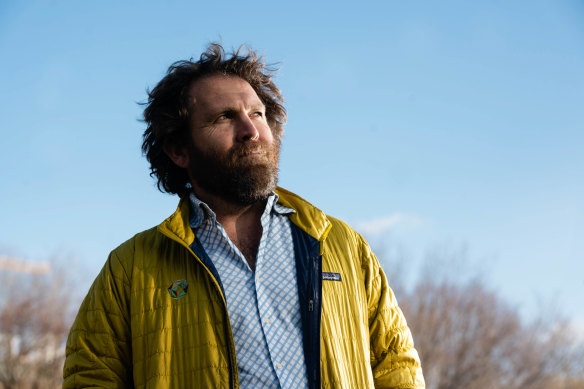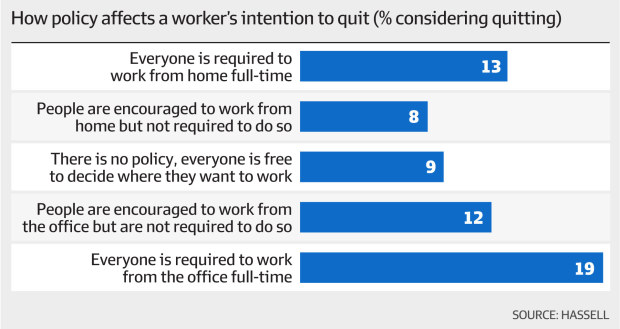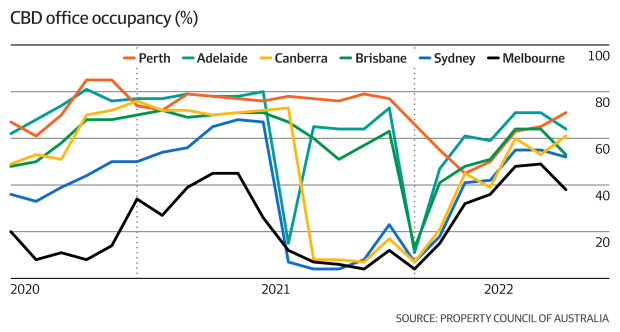A record low rental vacancy rate is driving up property prices in Broome, with WA’s North West town becoming the top performing regional center for median house sale price growth in the most recent industry figures.
Real Estate Institute of WA data for the June quarter shows median house prices in the holiday hot spot increased by 4.7 per cent to $649,000 and shot up by 18 per cent in the 12 months to June.
The town was behind only Port Hedland which saw a 28.2 per cent growth in the same period.
Broome’s dire rental vacancy rate was recorded as zero by REIWA in March, appears to be forcing would-be tenants to buy instead.
Ray White Broome sales consultant Giles Tipping said real estate agents in the region could foresee the trend, even before the COVID-19 pandemic hit.
“The supply of rental properties available for all the Government departments and the like to lease was drying up every year, so we got to a point, I think it was in about July 2019, where there was probably only about approximately 40 houses available to rent in the whole of Broome,” he revealed.
“With that low supply of rental housing obviously rentals were climbing higher and higher and there was less choice for tenants so more tenants were sort of filtering into the sales market and as rent were climbing as well, it was becoming better value to buy.”
The trent was further compounded by the pandemic, with closed borders exposing Broome to a new wave of buyers from across the country, as well as a lagging building industry placing further pressure on supply issues.
“Those influences are coming together and creating this pressure for the sales market,” Mr Tipping added.
In Busselton, which was the second highest regional performer for the June quarter with a 4.5 per cent growth in its median house sales price, the opportunity to work remotely is drawing in a new wave of Perth buyers looking for a lifestyle change.

Busselton’s house median, which now sits at $610,000, is also being pushed up by interstate investors and buyers with the airport and direct flights to Melbourne a major drawcard.
First National Real Estate Busselton general manager Matthew Snaddon said these factors were fueling the market, with the popular coastal town bucking the national trend of increasing supply.
“We are having conversations with buyers and they’re making the comments that they’ve got the opportunity to work remotely so lifestyle following COVID is one of the primary factors that buyers are looking at when choosing property now,” he said.

While Broome and Busselton were the standouts, the REIWA data showed a total of eight regional centers recorded median house sale price growth during the quarter.
Additionally, all nine regional centers experienced median house sale price growth on an annual basis.
Meanwhile, in Perth, the stock of properties listed for sale in July was 4.6 per cent higher than a year ago but new listings last month were down 15.7 per cent compared to June, according to the PropTrack Listings Report July 2022.
“The stock of properties listed for sale in Perth is still down around 15 per cent compared to the average over the past 10 years. While that means options are somewhat limited, it is an improvement compared to recent conditions and the stock of properties listed for sale is up 4.6 per cent compared to a year ago,” PropTrack Economist and report author Angus Moore said.
“Even so, buyers in Perth are facing fewer options than is the case for buyers in Melbourne, Sydney, and Canberra, where the total stock listed for sale is back around, or even above, the decade averages.
“By comparison, buyers in Adelaide and Brisbane have even fewer options, with the total number of properties listed for sale in both those cities down more than a third compared to the decade average.”
.



















